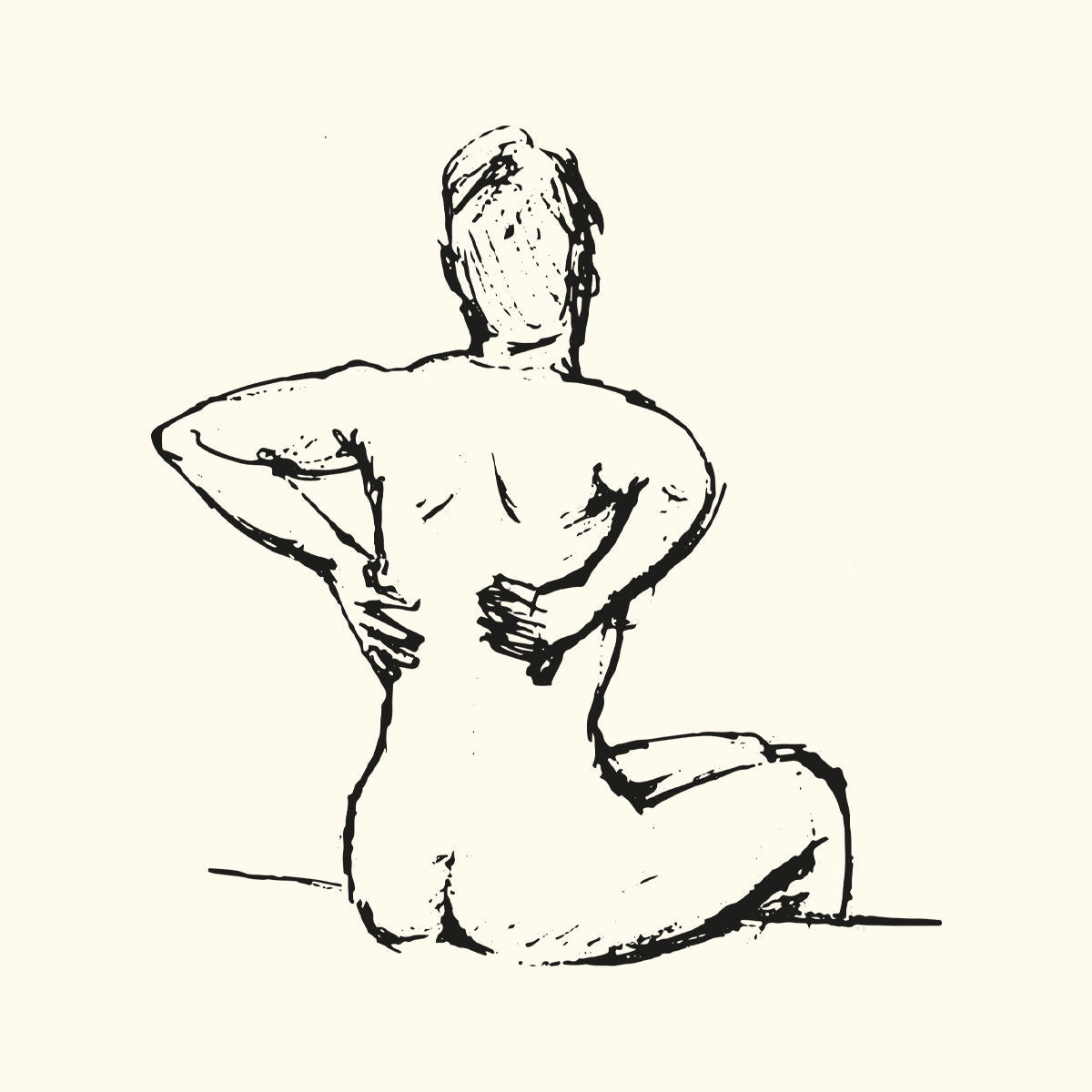
There are many, many fans of CBD and the other 120+ cannabinoids found in the Cannabis plant (an estimated 1.3M people in the UK now regularly use CBD oil, reported by CMC, and around 42 million Americans, according to YouGov) and there are also many, many uses for this incredible natural supplement.
One of the most common reasons you’ll find this product enhancing such an impressive amount of lives is pain relief. Simply put, the magic of CBD oil is this: it works with your body to help restore its natural balance. There’s nothing else quite like it. Unlike most other methods of pain relief, CBD assists the body in doing what it does best to leave you feeling at ease.
CBD is considered by experts to be pleiotropic – something which produces a number of different effects, in this case, throughout the body. It works by interacting with receptors found all over the body, from the surface of your skin right into your bones, which make up the fairly recently discovered endocannabinoid system, one of the most important physiologic systems involved in establishing and maintaining human health. Among these receptors, there are plenty that are known to alter pain perception, inflammation and body temperature – all aspects which contribute to the experience of pain, regardless of cause.
Of all the cannabinoids, CBD is one of the best when it comes to pain relief and this (as you might imagine) can be found in abundance in KLORIS CBD products. The reason for this is that within the body there are two, fundamental cannabinoid receptors: CB1 and CB2. CB1 largely controls perception, mood, sleep, memory, and appetite, whereas CB2 mostly impacts the immune system.
Our favourite friendly neighbourhood cannabinoid, CBD, has the greatest effect on CB2 receptors of all the cannabinoids. Why does this matter? Well, pain, in all forms, is more often than not a result of inflammation. And, as inflammation is an immune response, it is the CB2 receptors that need to be affected to reduce aggravation.
How to take CBD for pain relief
One of the wonderful things about the endocannabinoid system is that it can be found all over the body, so CBD can be used in lots of different ways to alter our cannabinoid receptors and, therefore, our pain response and perception.
- Apply CBD topically
Direct, topical application to the skin (for example with a CBD balm) is a fantastic way to get to get cannabinoids to the source of the pain, fast. An inflamed muscle or aching joint is likely to improve with a gentle rub anyway, and doing so with CBD makes this all the more effective due the the huge number of cannabinoid receptors concealed directly beneath the surface layer of your skin (and the layers of the epidermis beneath), as well as on all of your muscles and bones.
- Take CBD oil sublingually
Popping a few drops of CBD oil under your tongue is the most popular method for taking CBD. It’s easy, it’s discreet, it’s portable and it’s fast-acting. By using the dropper to place the CBD oil onto your sublingual gland (under the tongue) and holding it there for a minute or so, the cannabinoids can enter your bloodstream without having to go via your digestive system, which reduces bioavailabilty and efficacy through the digestion process.
By taking CBD oil in this way, the cannabinoids can begin circulating throughout your body right away, altering those cannabinoid receptors which impact pain perception and inflammation, while allowing Anandimide (the body’s own ‘bliss molecule’ cannabinoid) to flow freely through the body, blocking pain signals as it goes.
- Try CBD patches
Using the same proven technology as nicotine patches, transdermal CBD patches deliver a steady dose of CBD into your bloodstream over a prolonged period of time, making them a very convenient way to consumer CBD.
- Microdose CBD oil for long-lasting effects
Taking a dose of CBD oil when you’re in acute pain can help to bring your body back into balance quickly. However, the time in which you can really feel CBD working is up to 90 minutes, so those experiencing chronic pain may wish to try using CBD in such a way that the active life keeps going.
Microdosing – taking small doses of CBD oil throughout the day - is a great option for chronic pain sufferers, as it allows the body to keep a steady level of CBD on the go at all times. The elimination half-life of CBD in human beings (the time it takes to reach half the dosage in your body) ranges from 18 to 32 hours, so by microdosing it’s easy to keep those lovely cannabinoids and Anandimide in ready supply.
The trick with CBD is figuring out what works best for you and your needs, from the amount you take to your preferred way of using it – everyone is individual after all and so should be your CBD usage.






